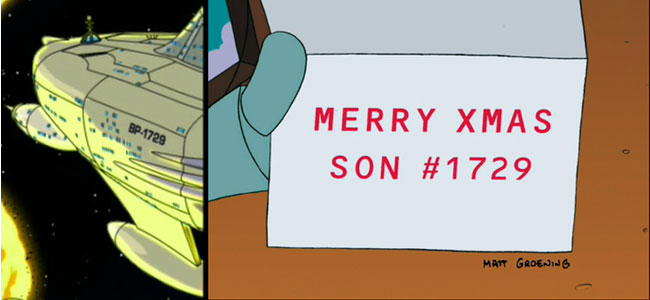A taxicab number, Ta(n), is the smallest number representable in n ways as a sum of positive cubes. They derive from the Hardy-Ramanujan number Ta(2)=1729 = 13 + 123 = 93 + 103.
The Hardy-Ramanujan number story comes from G.H. Hardy telling Ramanujan that he noticed a taxicab with number 1729 and noted it being the smallest positive number expressed as a sum of two positive cubes in two different ways (Weisstein, n.d.). Hardy was quoted to say, “each of the positive integers was one of his personal friends.” In terms of Major’s (2017) paper, this is the idea of Ordinal Linguistic Personification (OLP), which is the automatic, involuntary tendency for individuals to attribute personal characteristics to units in ordinal sequences like numbers. Hardy personifies the taxicab number of 1729 as being his friends.
The ideas of OLP and Synesthesia; individuals making deeply automatic, stable connections between different kinds of mental experiences, proposed by Major would be interesting to introduce in a math class to act as inspiration or imagination for students. The first time I heard about synesthesia was from a Youtube video called, “Math Genius Computes in the Blink of an Eye” (ABC News, 2010). The video tells a story of a man named Daniel Tammet who memorized the first 22,000 digits of pi and recited it in front of an audience lasting over 5 hours. Tammet saw numbers as a three-dimensional shape and creates pictures in his mind with these numerical shapes. Another video by Numberphile describes synesthesia.
Numbers do not come to
me as shapes or colours. When working on math problems, I see numbers as simply
numbers and manipulate them mathematically enough to solve the problem tasked
with. However, I do think of odd numbers as “odd” and unsatisfying. As a child,
I felt that I had to do things an even number of times. For example, when
watching TV and adjusting the volume, I felt that I had to always leave the
volume at an even number or when playing hockey, I had to stick handle the puck
an even number of times before shooting. Over time this became less of a worry
for me, though I still find myself unintentionally leaving the volume at an
even number whenever I watch tv or adjust the volume on my laptop.
Readings and Supplementary Material:
Major, A. 2017. Numbers with Personality, Bridges 2017 Conference Proceedings, 1-8.
Weisstein, Eric W. n.d. "Hardy-Ramanujan Number." From MathWorld--A Wolfram Web Resource. https://mathworld.wolfram.com/Hardy-RamanujanNumber.html
ABC News, 2010. Math Genius Computes in the Blink of an Eye. [Youtube video]. Accessed November 18, 2020 from https://www.youtube.com/watch?v=Xd1gywPOibg.
Numberphile, 2013. Synesthesia
– Numberphile. [Youtube video]. Accessed November 18, 2020 from https://www.youtube.com/watch?v=dNy23tJMTzQ.

Fascinating about even and odd number associations when you were a child. It's rather odd to name those numbers as odd! I like the tradition in Latin-derived languages like French and Portuguese: the numbers are called 'pair' and 'impair', as the even numbers can be visualized as pairs of dots or objects, and the odd numbers as 'not-paired'.
ReplyDelete(And yet that makes me wonder too about links to the idea of something being 'impaired' -- apparently derived from the Latin word that means 'worse' (pejor) ...)
ReplyDelete